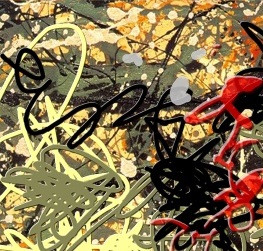Don’t try to do too much with your org chart: it’s hard enough.
Organization design is how to arrange people’s talent and time with how best to use money and material. It should evolve for changing conditions and goals. Definition of organization design: “Optimizing every link of delegation and communication.”
While the organization chart describes the essential staff reporting assignments, managers need several other tools to optimize job duties, processes, systems and facility flow.
Practice Summary
Elements
- Flow of work specialization
- Departments and compartments (cross-functional teams)
- Chain of command
- Degree of centralization (i.e., who decides what)
- Managerial span of control – number of employees per manager
- Formalization of elements – degree of specificity
Common problems
- Inefficient workflow including redundancy, breakdowns, and non-value-added steps
- Lack of accountability
- Inadequate information and/or authority to make decisions
- Poor teamwork
- Inadequate responsibility to the customer
- Silos
Design process
- Establish a charter with a “case for change,” including projected environment, outcomes, duties, urgency, resources, deadlines, participation and communications
- Assess the strengths and weaknesses of the current operations, including efficiency and ability to execute
- Decide basic organizing principles: functions, processes, customer-types, technologies, geography – then populate with departments/teams
- Identify support departments (HR, Finance, Sales, etc.)
- Assign people to departments/team
- Specify tasks, with performance metrics, within major workflows
- Define management structure: chain of command, degree of centralization, span of control
- Specify salaries and rewards
Key metrics
- Gross margin per employee
- Employee turnover
- Return on capital
- Capacity utilization rate
- Inventory turnover
- Customer churn rate
- Sales and renewals
3 Good Questions
- What does our organization chart say about us?
- What’s the best mix of skills, perspectives and knowledge?
- Do our job descriptions match our organization chart?
The Center has several tools for assessing the current state of the business, its future environment and the steps to reach the desired future state: Management Self-Audit, Five-Year Look, Trends Outline, Table of Priorities and Goal Tree (strategic plan).


